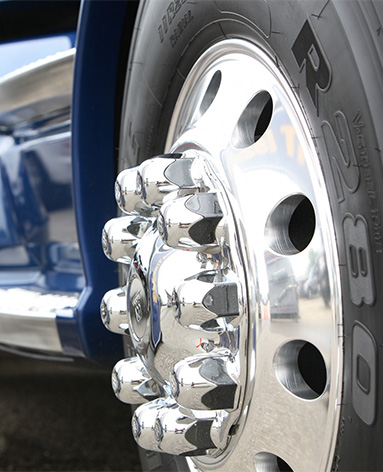Oct . 12, 2024 04:28 Back to list
brake drum casting process
Understanding the Brake Drum Casting Process
The brake drum is a crucial component of a vehicle’s braking system, primarily found in older cars and many heavy vehicles. It plays an essential role in slowing down or stopping the vehicle by using friction generated between the drum and brake shoes. The manufacture of brake drums involves a complex casting process that is vital to ensure durability, strength, and safety. In this article, we will explore the intricacies of the brake drum casting process, highlighting the key steps involved.
Material Selection
The first step in the casting process is the selection of suitable materials. Brake drums are typically made from cast iron due to its excellent castability, wear resistance, and ability to withstand high temperatures generated during braking. The chosen alloy must also have good tensile strength and thermal conductivity to manage the heat produced during braking effectively.
Molding Process
Once the materials are selected, the next step is to create molds for casting. There are various molding techniques, such as green sand casting and shell molding. In the sand casting process, a mixture of sand, clay, and water is used to create a mold cavity that replicates the shape of the brake drum. This involves packing the sand mixture around a pattern of the brake drum, followed by removing the pattern to leave behind a hollow cavity.
Melting and Pouring
With the molds prepared, the next phase is to melt the cast iron. This is typically done in a furnace, where the metal is heated to a temperature of about 1400°C to 1600°C. Once fully melted, the molten iron is carefully poured into the molds. It is crucial to control the pouring temperature and speed to prevent defects like air pockets or cold shuts within the cast product.
brake drum casting process

Cooling and Solidification
After pouring, the brake drum molds are allowed to cool and solidify. This is a critical phase as the cooling rate affects the material properties of the cast iron. Idle cooling may lead to uneven hardness and can result in warping or cracking. Therefore, appropriate cooling methods are applied, often involving rapid cooling with water sprays or controlled air exposure to achieve uniform solidification.
Finishing Operations
Once the castings have cooled and solidified, the next step involves removing them from the molds. This process often requires careful handling to avoid damaging the brake drums. Following demolding, the drums undergo various finishing processes, including trimming, grinding, and machining to ensure they meet precise dimensional and surface finish requirements.
Quality Control
Quality control is a vital component of the brake drum casting process. Each drum is inspected for defects such as cracks, porosity, and dimensional accuracy. Non-destructive testing techniques, such as ultrasonic testing or X-ray inspection, may be employed to ensure the integrity of the castings. This step is fundamental to guarantee that every drum produced meets safety and performance standards.
Conclusion
The brake drum casting process is a sophisticated operation that requires attention to detail at every stage, from material selection and molding to melting, pouring, cooling, finishing, and quality control. Understanding this process is essential, not only for manufacturers but also for consumers, as it directly impacts vehicle safety and performance. As technology advances, innovations in casting techniques and materials continue to enhance the efficiency and effectiveness of brake drum production, ensuring that vehicles remain safe and reliable on the road.
-
Scania Brake Drums: OEM Quality for Optimal Safety & Durability
NewsAug.16,2025
-
R.V.I: Advanced Remote Visual Inspection for Precision
NewsAug.15,2025
-
Discover HYUNDA: Innovative Vehicles, Equipment & Solutions
NewsAug.14,2025
-
R.V.I: Unlock Advanced Insights & Real-time Performance
NewsAug.13,2025
-
Kamaz Brake Drum: Durable & Reliable for Heavy Duty Trucks
NewsAug.12,2025
-
Heavy Duty Iveco Brake Drum - Premium Quality & Safety
NewsAug.11,2025
